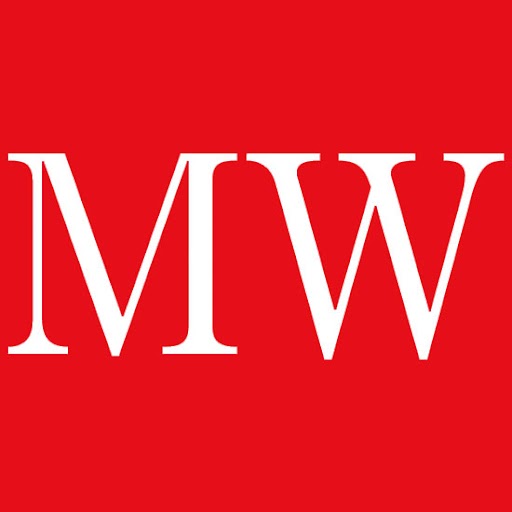Price to sales ratio
A company's market cap divided by the company's annual sales (or revenue) gives us the price/sales ratio.
The price/sales (p/s) ratio is a method for valuing a company, similar to other metrics such as the price/earnings (p/e) ratio and the price/book (p/b) ratio.
A firm’s p/s ratio is usually calculated by dividing its market capitalisation by its revenues. So a company with a market cap of £25bn and sales of £10bn has a p/s ratio of 2.5.
You’d get exactly the same result if you divided the share price by revenues per share. But unlike earnings or book value, revenues aren’t usually reported on a per share basis, so using total sales means one less step in the calculation.
MoneyWeek
Subscribe to MoneyWeek today and get your first six magazine issues absolutely FREE

Sign up to Money Morning
Don't miss the latest investment and personal finances news, market analysis, plus money-saving tips with our free twice-daily newsletter
Don't miss the latest investment and personal finances news, market analysis, plus money-saving tips with our free twice-daily newsletter
Just like a p/e ratio, a low p/s ratio may imply a cheap stock. However, sales aren’t the same as profits, so the p/s ratio requires even more care when deciding if a stock is cheap.
Different sectors have very different profit margins, so the p/s ratio is most useful when comparing companies within the same sector. It can be especially helpful when looking at firms whose earnings are temporarily depressed as a result of one-off factors, but which should later return to a more normal level. This is often the case in cyclical industries.
The p/s ratio can also be useful when comparing early-stage growth stocks against their peers. These firms may be growing rapidly, but not yet making a profit, rendering the p/e ratio useless. The p/s ratio tells you how much the market is paying for each pound of sales. Of course, the value of this depends on whether your assumptions about a firm’s future profitability are realistic: a business with little prospect of making a profit will be a bad investment even if the p/s ratio is low.
The p/s ratio does not take debt into account. This means that when one firm has more debt than an otherwise identical rival, it will look cheaper (but may well be riskier). To get a picture that includes debt, use enterprise value (equity market capitalisation plus the value of outstanding debt) divided by sales instead.
Watch Tim Bennett's video tutorial: What is the price-to-sales ratio?
Get the latest financial news, insights and expert analysis from our award-winning MoneyWeek team, to help you understand what really matters when it comes to your finances.
MoneyWeek is written by a team of experienced and award-winning journalists, plus expert columnists. As well as daily digital news and features, MoneyWeek also publishes a weekly magazine, covering investing and personal finance. From share tips, pensions, gold to practical investment tips - we provide a round-up to help you make money and keep it.
-
 MoneyWeek news quiz: How much can you win in Premium Bonds?
MoneyWeek news quiz: How much can you win in Premium Bonds?Quiz Premium Bonds, ChatGPT, and the start of the festive season all made headlines this week. How closely were you following the news?
-
 Salary sacrifice pensions cap: 3.3 million workers to be hit by contribution limits
Salary sacrifice pensions cap: 3.3 million workers to be hit by contribution limitsThe government has revealed further details of its controversial cap on pension contributions through salary sacrifice. Here is how the changes could affect you

